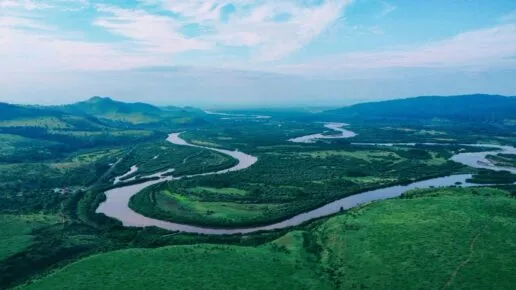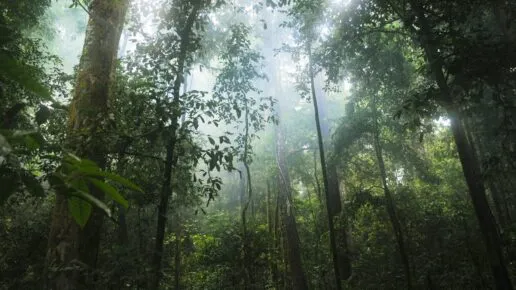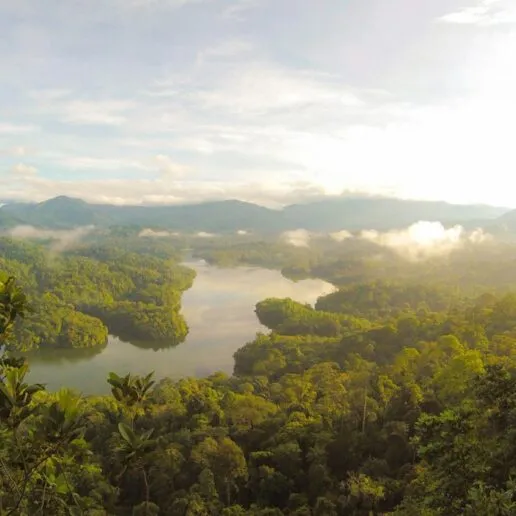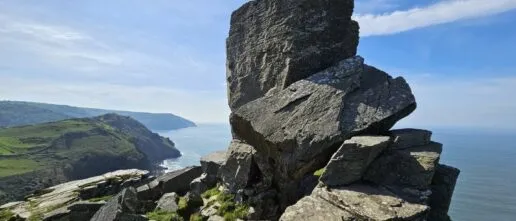At its core, the Rights of Nature (RoN) movement is about changing how we see the natural world: from resource to relative, from object to subject. But for this vision to translate into durable protections, the details of lawmaking matter. Broad constitutional rights can inspire a cultural shift but risk vagueness. Entity-specific frameworks provide clarity but may be harder to scale. And across all cases, strong legal definitions, financing, and trained interpreters of the law are essential for turning principles into practical protections. But are rigid and reductive frameworks what we need to recognise the inherent value of the interconnected web of life we are part of?
Constitutional recognition in Ecuador
In 2008, Ecuador became the first country in the world to recognise nature as a legal rightsholder. Its new Constitution included articles granting Pachamama – a Quechua term for “Mother Earth” – the “right to integral respect for its existence and for the maintenance and regeneration of its cycles, structure, functions and evolutionary processes.” The state was also given a duty: to restrict activities that could lead to species extinction, ecosystem collapse, or permanent disruption of natural cycles. Nature, in other words, was no longer just something to use and manage – it was recognised as a living entity with rights of its own.
This breakthrough didn’t come as a surprise. In the Andes, the philosophy of buen vivir (“living well”) has long emphasised harmony between humans, communities, and the natural world. The idea of life flourishing collectively -people, land, rivers, animals- provided fertile ground for embedding RoN into Ecuador’s legal system.
A different path in New Zealand
On the other side of the Pacific, New Zealand took inspiration from this shift but designed its own legal framework. In Māori culture, much like buen vivir, kinship with the land and water forms a cornerstone of spiritual and ecological well-being. But instead of amending the national constitution, New Zealand took a case-by-case approach. Specific natural entities -like rivers, forests, or mountains- were recognised as legal persons with guardians appointed to speak on their behalf.
One of the most famous examples is the Whanganui River. In 2017, the Te Awa Tupua Act recognised the river as “alive”, transferring ownership of its riverbed from the Crown to the river itself. The Whanganui iwi (tribe) became the river’s guardians, or its “human face.” Seen as descendants of the river, they were tasked with representing its life force. Importantly, these guardians are supported by an advisory group made up of local authorities, Indigenous representatives, and community stakeholders, ensuring that care for the river isn’t symbolic but backed by collaboration.
In New Zealand, RoN is centred on restoring Indigenous authority and worldviews that colonial law once undermined. Unlike Ecuador, where any citizen can take legal action on behalf of nature, New Zealand’s system specifies who can represent a river or ecosystem, creating a tighter but more clearly structured framework.

Lessons from around the world
These two approaches -Ecuador’s broad constitutional rights and New Zealand’s entity-specific guardianship- have inspired more than 400 RoN initiatives across over 40 countries. The Eco Jurisprudence Monitor tracks these cases, showing how the movement is spreading globally.
A common thread runs through them: many arise when governments fail to protect ecosystems from destructive economic activity. And in nearly every case, Indigenous philosophies have been a driving force in shifting worldviews, from seeing nature as a resource to adopting an ecocentric perspective, where all forms of life have inherent value.
But not all frameworks are created equal. Success often depends on how well the laws are written and how they are put into practice.
For example, in the Whanganui River case, liability, guardianship, and financing for guardians are clearly laid out, making the law robust and implementable. By contrast, in Ecuador, where any citizen can act as nature’s guardian, questions about who is liable and who funds legal actions are less clear. This can make implementation difficult, even if the intent is powerful.
The risks of vague language are also evident in the United States. In Ohio, the Lake Erie Bill of Rights granting legal personhood was overturned for being “unconstitutionally vague.” The law declared that the lake had the right “to exist, flourish, and naturally evolve”, but the courts ruled that this phrasing was too ambiguous to enforce. Farmers argued that, even with best practices, they couldn’t guarantee that fertilizers wouldn’t reach the lake, leaving them exposed to endless lawsuits. This case shows that without precise legal definitions, RoN can collapse under pressure.
Another challenge comes from the human side: judges and lawyers often lack training in interpreting these new frameworks. In Ecuador, the effectiveness of RoN lawsuits has varied widely depending on the judge’s legal background and willingness to apply the concept.
Can Rights of Nature truly protect ecosystems?
One of the big questions about these frameworks is whether they lead to real-world environmental protection or if they remain symbolic. The Los Cedros cloud forest case in Ecuador offers some answers.
In 2021, Ecuador’s Constitutional Court revoked mining licenses in the forest, citing the Rights of Nature articles in the Constitution. Researchers at NYU’s More Than Human Life (MOTH) Programme later studied the case. They found that mining operations were halted, infrastructure removed, and deforested areas were regenerating naturally. A Management Plan was also developed, outlining how to prevent illegal mining, monitor forest health, and support community-friendly economic activities aligned with ecological values.
This was a landmark win: the RoN framework directly protected an ecosystem from harmful extraction. However, many parts of the Management Plan remain unimplemented due to lack of government support, leaving local scientists and communities under pressure to safeguard the forest on their own.
This highlights a key point: while legal victories are important, long-term protection requires consistent political will, funding, and strong enforcement mechanisms. RoN can provide the legal foundation, but without ongoing commitment, ecosystems remain vulnerable. The success of RoN initiatives is oftentimes undermined by ongoing extractive economic agendas.

Ecological consequences beyond single cases
When natural entities are recognised as legal persons, something powerful happens. It’s not just that rivers, forests, or whales gain rights on paper. Often, the communities who have lived alongside them for generations, particularly Indigenous peoples, also regain access to their ancestral lands and authority to care for them. This shift does more than address cultural harm caused by colonial exploitation; it redirects land management toward Traditional Ecological Knowledge, which frequently delivers better biodiversity outcomes than conventional top-down approaches.
Is the legal system the best way to promote Rights of Nature principles?
As outlined across these examples, the cultural shift promoted by the RoN movement is deeply powerful in changing dominant mindsets of extractivism and encourages a lifestyle that recognises the inherent right of nature to exist and thrive. However, a question that arises is whether it is necessary to enshrine these principles into the anthropogenic system of law in order to foster them. As a discipline grounded in binary classifications—distinguishing between ‘good’ and ‘bad,’ delineating fixed territorial boundaries, and categorising people into discrete groups—can this human-constructed framework adequately account for the complexity of the interconnected web of life and the nuanced cosmologies that conceive of nature as kin? Or is placing these diminutive and strict boundaries the only way in which we can make sense of the wonder and immenseness of Nature in modern society?

